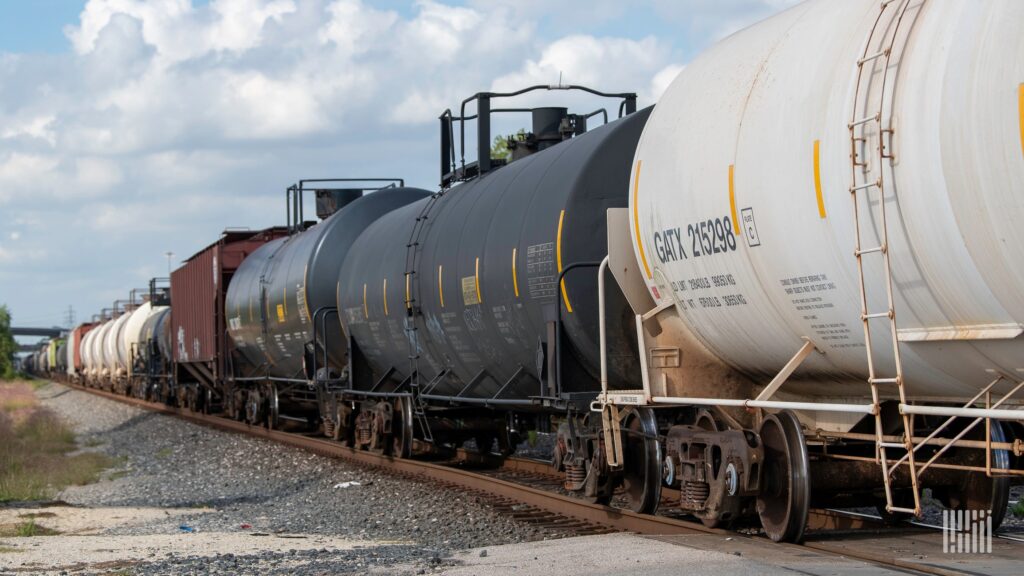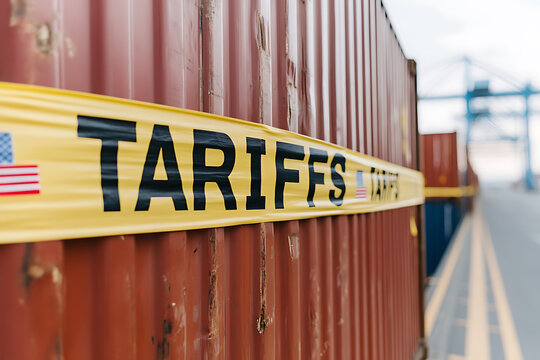International trade continues to grow, but importers must plan logistics carefully. Understanding freight time from China to US is critical for balancing speed, cost, and reliability. Although ocean freight dominates, many businesses combine air and rail solutions to optimize supply chains. This article explains transit times, costs, shipping methods, and real-world case studies to help importers make informed decisions.
Why Is Freight Time from China to US Important?
Transit time directly affects inventory, customer satisfaction, and overall competitiveness.
- Lead time planning ensures warehouses are stocked.
- Cash flow impact arises when goods take longer to arrive.
- E-commerce speed demands faster shipments.
Accordingly, knowing how long freight takes allows businesses to align production, shipping, and delivery schedules effectively.
What Factors Affect Freight Time from China to US?
Several elements determine actual transit duration:
- Origin and destination ports: Shenzhen–Los Angeles is faster than Ningbo–New York.
- Transport mode: Air vs. sea can vary by weeks.
- Customs clearance: Delays often occur with incomplete documentation.
- Seasonal congestion: Peak demand seasons slow vessel schedules.
Moreover, global events like port strikes or weather disruptions add uncertainty.
Average Freight Times by Mode
Freight time differs significantly between shipping methods.
Shipping Method Comparison
| Mode | Transit Time (Days) | Cost Level | Pros | Cons |
|---|---|---|---|---|
| Sea Freight | 15–40 | Lowest | Best for bulk, cheapest per unit | Slow, port congestion risk |
| Air Freight | 3–7 | Highest | Fast, reliable, secure | Expensive for heavy cargo |
| Rail + Truck | 20–25 | Medium | Balanced option to inland US cities | Limited coverage |
| Courier | 2–6 | Very high | Ideal for small parcels and e-commerce | Not suitable for large loads |
As a result, the mode chosen depends on cargo type, urgency, and budget.
Transit Times by Major Routes
Transit times vary widely depending on departure and arrival points.
Average Sea Freight Transit Times
| Origin Port (China) | Destination Port (US) | Transit Time (Days) |
|---|---|---|
| Shanghai | Los Angeles (LALB) | 15–18 |
| Ningbo | Oakland (OAK) | 16–20 |
| Shenzhen (Yantian) | Long Beach (LALB) | 17–21 |
| Qingdao | New York (NYC) | 30–35 |
| Shanghai | Houston (HOU) | 28–32 |
| Ningbo | Miami (MIA) | 32–38 |
Average Air Freight Transit Times
| Origin Airport | Destination Airport | Transit Time (Days) |
|---|---|---|
| Shanghai (PVG) | Los Angeles (LAX) | 3–4 |
| Shenzhen (SZX) | Chicago (ORD) | 4–5 |
| Guangzhou (CAN) | New York (JFK) | 4–6 |
Indeed, air freight remains the fastest but most expensive choice.
Real-World Shipping Cases
Case 1: Furniture from Ningbo to Los Angeles
- Cargo: 2×40HQ containers of wooden furniture
- Mode: Sea freight
- Cost: $9,200
- Transit Time: 19 days
- Result: Importer saved significantly versus air freight despite longer lead time.
Case 2: Apparel from Guangzhou to Chicago
- Cargo: 1,200 kg fashion clothing
- Mode: Air freight
- Cost: $7,000
- Transit Time: 4 days
- Result: Retailer restocked seasonal line in time for a major sales campaign.
How Do Freight Times Impact Costs?
Longer transit times require higher safety stock, raising warehousing expenses. Faster modes reduce storage but increase per-unit freight costs.
Container Freight Costs (2025 Estimates)
| Container Type | Shanghai → LALB | Ningbo → NYC | Shenzhen → Miami |
|---|---|---|---|
| 20GP | $2,100 – $2,500 | $3,600 – $4,000 | $3,900 – $4,400 |
| 40GP | $3,800 – $4,300 | $6,600 – $7,100 | $6,900 – $7,500 |
| 40HQ | $4,100 – $4,600 | $6,900 – $7,400 | $7,200 – $7,800 |
Therefore, businesses must calculate total landed cost, not just freight.
Customs Requirements That Affect Freight Time
Clearance efficiency significantly impacts delivery schedules.
Customs Documents Checklist
| Document | Purpose |
|---|---|
| Bill of Lading / AWB | Proof of shipment |
| Commercial Invoice | Declares value and product details |
| Packing List | Describes contents and weights |
| Importer Number (IRS/EIN) | Required for US customs clearance |
| HS Code Declaration | Determines applicable tariffs |
| Certificate of Origin | Needed for certain trade agreements |
Additionally, proper labeling and accurate HS codes help prevent costly delays.

How Can Importers Reduce Freight Time from China to US?
Practical strategies include:
- Book early during peak shipping months.
- Use direct sailings or flights to reduce transshipment delays.
- Work with experienced freight forwarders for customs support.
- Split shipments using air and sea for different urgency levels.
- Leverage technology for real-time tracking and predictive analytics.
On the other hand, failing to plan shipments ahead often leads to extended delays.
Do Freight Forwarders Improve Delivery Schedules?
Yes, freight forwarders optimize supply chain flows.
Advantages include:
- Access to negotiated carrier rates.
- Reserved space on popular trade lanes.
- Multimodal solutions tailored to cargo type.
- Expert guidance for customs documentation.
Moreover, forwarders help small businesses compete effectively in global trade.
Should Businesses Use Multimodal Transport?
Combining air, sea, and rail creates flexibility.
- Air + Sea: Urgent goods move by air, bulk by sea.
- Rail + Sea: Cost-effective for inland destinations.
- Courier + Air: Perfect for e-commerce fulfillment.
To summarize, multimodal strategies balance speed and cost in volatile supply chains.
Conclusion
In conclusion, freight time from China to US depends on multiple factors including transport mode, customs, and seasonal demand. Sea freight offers the lowest cost but requires 18–40 days, while air freight cuts delivery to under a week at higher expense. By leveraging freight forwarders, multimodal options, and proper documentation, businesses can optimize delivery schedules. Ultimately, mastering freight time from China to US ensures supply chains remain resilient and customers stay satisfied.
- Consult TJ China Freight Forwarding for the lowest quote. They will provide you with reliable, cost-effective service.
FAQs
Q1.What is the average freight time from China to US by sea?
Average freight time from China to US by sea is 18–35 days depending on origin and destination ports.
Q2.How fast is air freight from China to US?
Air freight from China to US usually takes 3–7 days, making it the fastest option for urgent and high-value cargo.
Q3.Can freight forwarders reduce freight time from China to US?
Yes, freight forwarders negotiate carrier schedules and secure faster routes, reducing overall freight time from China to US.
Q4.What is the cheapest way to manage freight time from China to US?
The cheapest method is FCL sea freight, but planning early ensures reliable schedules and balanced freight time from China to US.
Q5.How do customs affect freight time from China to US?
Customs clearance delays can add days, so accurate HS codes and proper documents help reduce freight time from China to US.





